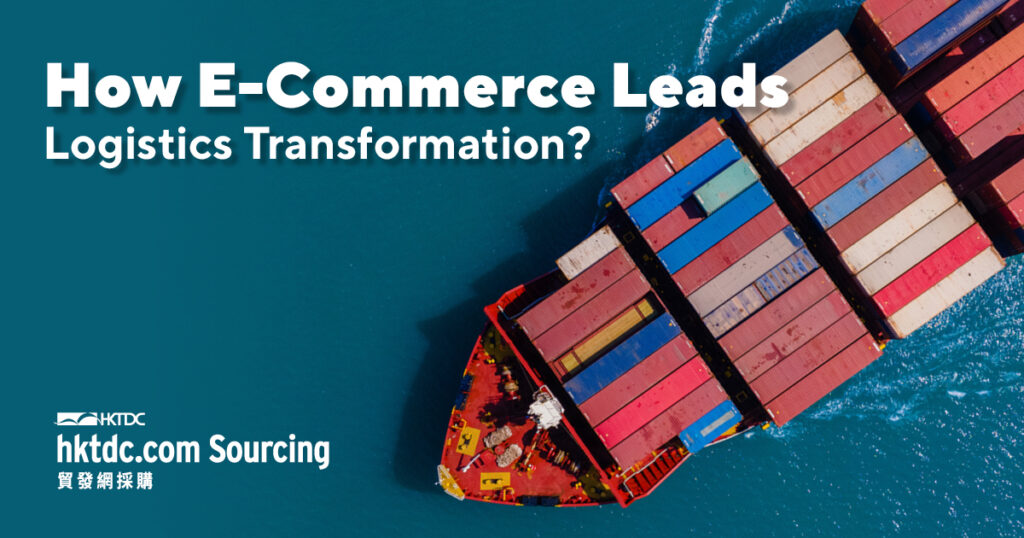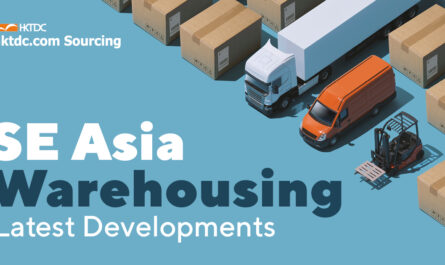E-commerce today is hurtling along with an expected growth rate of 19% per year. Sources like DHL say e-commerce made up as much as 15.5% of overall commerce in 2021.
Despite its reliance on shipping infrastructure, the speedy promises of e-commerce are frequently at odds with its sister industry. One which has historically been notable for being slow to embrace new technology.
But today the slow-moving logistics industry is finally adapting to this new era of same-day fulfillment and easy shipping.
How Does the E-Commerce Growth Influence Logistics?
Here’s what’s happening in 4 major aspects of Transportation, Warehouse Automation, Customs, and Returned Goods:
Transportation
Spurred on by technology, customers today expect less waiting time between warehouse and fulfillment. In many East Asian countries today with close proximity to factories, same-day fulfillment is almost an expectation.
This puts added pressure on retailers and manufacturers to have goods stocked and waiting in fulfillment centers so they can meet demand. This part of the logistics process is known as “last-mile” logistics.
Traditionally, last-mile has been a sore point in logistics. Efficiency decreases as goods get closer to the consumer and the costs increase. AT Kearney estimates the last mile to account for nearly half of total logistics costs.
E-commerce and its reliance on strong last-mile to satisfy customers has made logistics companies focus much harder on straightening up this final step of the process. This has created a huge surge in new technology and methods to speed up movement from warehouse to doorstep.
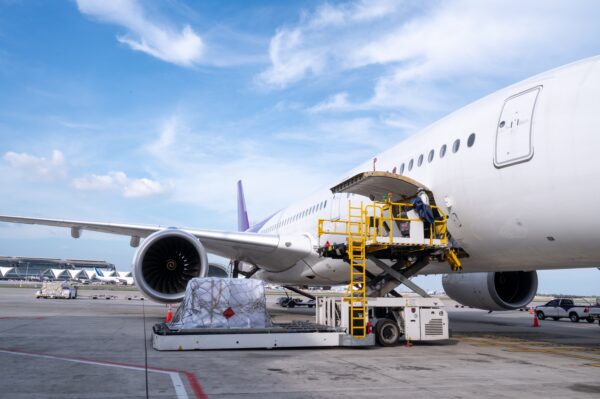
Warehouse Automation
E-commerce companies are also looking at optimizing their warehouses, automatizing a growing number of internal processes from stocking to packing.
Robots are being used more and more featuring technology like cameras, laser sensors, radio-frequency (RF) ID devices, and barcode readers.
Some smart warehouses today mostly rely on robots to do all of the work. For instance, in Alibaba’s warehouse in China, 70% of the work is done by robots, some of which can carry up to 500 kg.
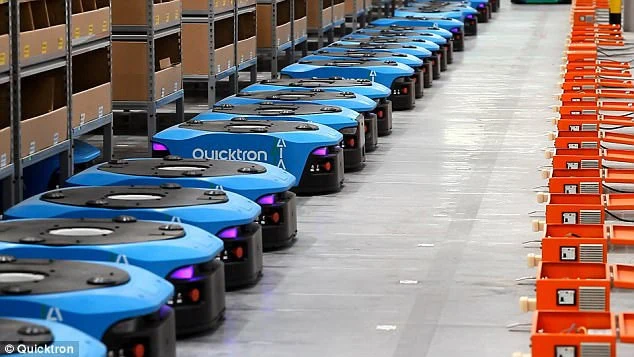
R&D investments in warehouses today experiment with automatically guided vehicles (AGVs), drones, self-driving robots, and even delivery tunnels.
Customs
Manufacturing goods in developing countries and shipping them lets people sell goods at significantly lower prices. It also has introduced a new brand of international hurdles to the supply chain.
Almost all goods crossing international borders are subject to duties and taxes imposed by the importing country’s government. These fees are added to generate revenue and protect local industries against foreign competition. This means that an item that you have purchased online for a certain price could cost you more once it reaches your country.
Nowadays a growing number of suppliers push duties and taxes directly onto customers when they place their orders. This practice has caused good prices to fluctuate wildly region-by-region. Today customs costs can be a significant inhibitor to a cost-effective supply chain.
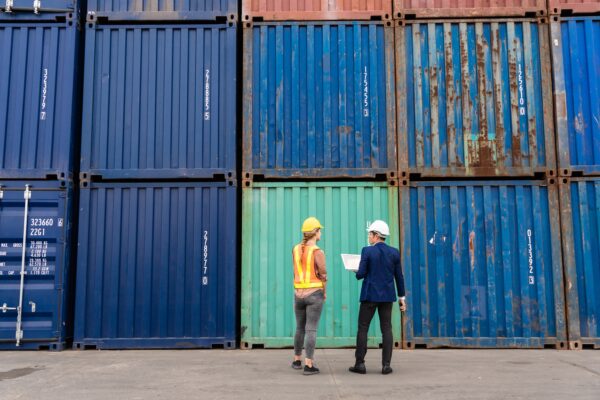
Returned Goods
Reverse logistics presents one of the biggest operational challenges due to the sheer volume and cost of processing. The way e-tailers handle their returns will make a big difference in how those customers do business in the future.
The amount of returned goods going backwards along the supply chain is usually much more than people normally think. In the textile industry, for instance, the volume can be as high as 50% of total shipments. It is not unusual for customers to buy several similar products in different sizes or colors, with the intent of returning a portion of the purchase.
Those e-commerce stores that have a hard time returning an item will likely push their customers to look elsewhere the next time they shop online.
What Will Make A Qualified E-Commerce Logistics Provider?
With all the complexity and flexibility required in e-logistics today, major logistics providers have had their hands full. How does one turn a global patchwork of regulations and providers into cookie-cutter packages for clients?
In many cases, when you contract a major logistics provider today, you end up paying a lot for an inflexible package unsuited for the modern realities of e-commerce.
Rest assured you won’t need to worry about the above challenges faced by most e-commerce players by sourcing at hktdc.com Sourcing, a trusted e-Marketplace with qualified logistics and online goods services delivered to you timely and in good shape, navigating the e-commerce and freight-forwarding space at ease!
Click the following banner to get started:
This article is originally published by Wayfindr:
Your Growth Partner for E-Commerce Logistics
Wayfindr is a fourth-party logistics (4PL) provider that helps e-commerce brands scale globally with confidence. Headquartered in Hong Kong and founded by New Zealanders Nick Bartlett and Chris Crutchley, Wayfindr was created to meet the logistics needs of a fast-moving e-commerce world.
We work behind the scenes to design and manage flexible logistics programs across a global network of vetted partners—giving brands a single point of contact for everything from freight and fulfillment to market expansion and post-purchase support.
Our proprietary logistics platform, Bundle, gives clients full control and visibility over their operations. As Asia’s first carbon-neutral 4PL, we’re also committed to helping brands scale sustainably.



